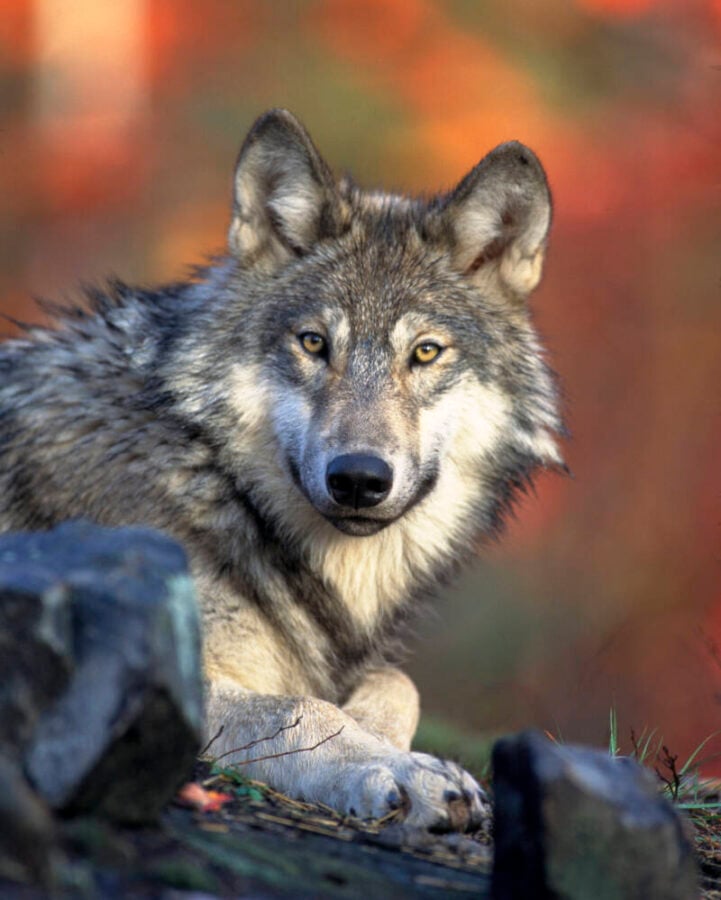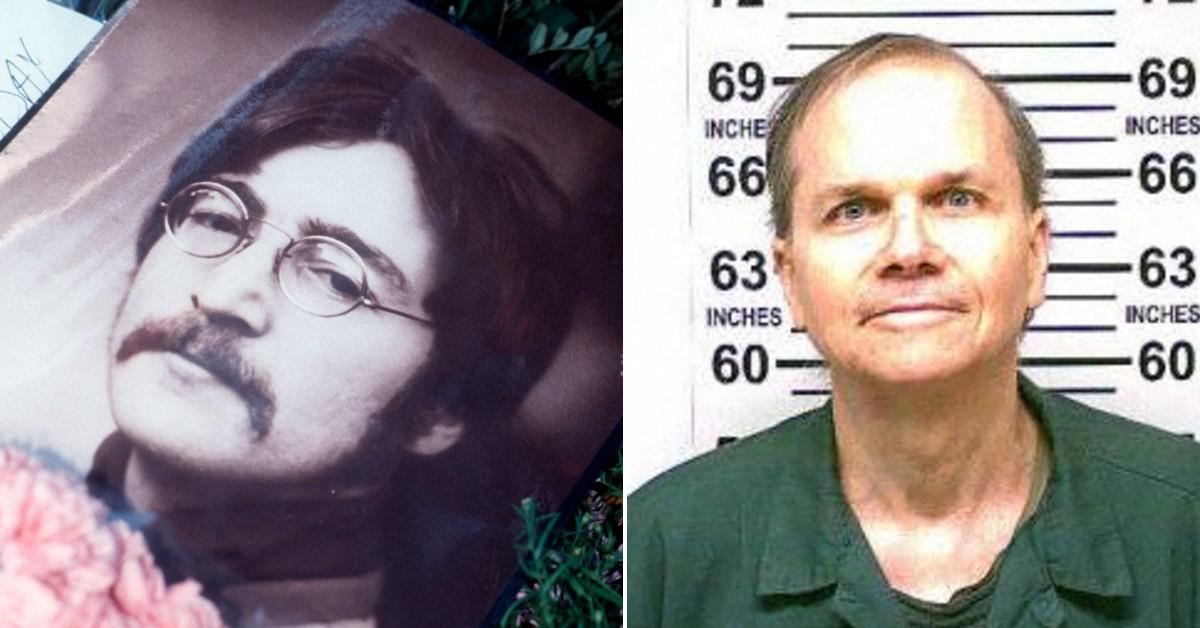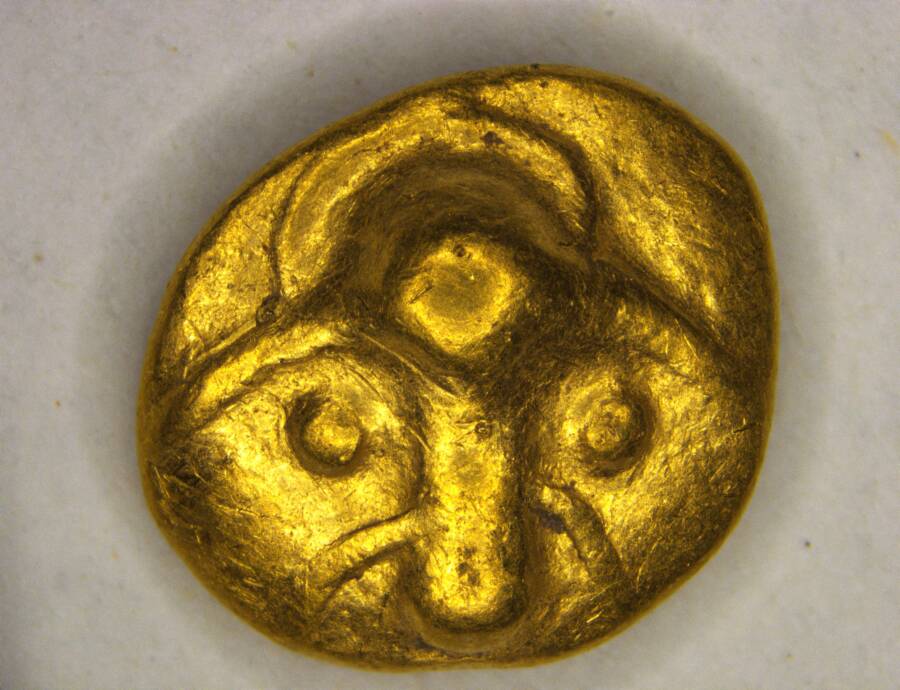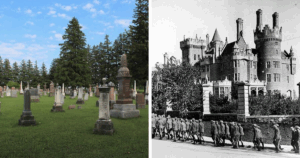“Revealed: The Surprising Self-Driven Evolution of Wolves into Dogs—Were They the Real Architects of Their Own Domestication?”
Did you ever wonder if dogs—those lovable furballs snuggled up on your couch—could have, in some alternate universe, pulled off a self-domestication heist right under our prehistoric ancestors’ noses? Well, buckle up! Fresh mathematical models suggest that our canine companions might indeed have taken the reigns of their own evolution, forging bonds with humans while scavenging for food at ancient settlements over 30,000 years ago. Imagine a scrappy wolf, eyeing leftover mammoth meat with a glimmer of cunning—an Aesop’s fable brought to life! The new theory flips the script on conventional wisdom, which often painted humans as the masterminds behind canine domestication. Instead, could our pets have engineered a clever strategy to ensure their survival? Dig into this intriguing narrative detailing the self-domestication of dogs and what it reveals about our shared history! LEARN MORE.
According to new mathematical models, dogs could have domesticated themselves via bonding with humans while scavenging for food at Paleolithic settlements starting around 30,000 years ago.

Paras Kaushal/UnsplashUnder the right conditions, wolves could have domesticated themselves into dogs over the course of about 8,000 years via bonding with Paleolithic humans.
For thousands of years, dogs have been man’s best friend. When humans still lived primarily in hunter-gatherer societies, dogs were among the first domesticated animals. And as the millennia passed, the relationship between man and dog has remained, in many ways, unchanged.
But there has long been debate in the scientific community about when and how, exactly, wolves were domesticated into dogs. Some have speculated that, much like today, humans aided in the process, selectively breeding wolves for tamer traits and other desired features. Humans needed wolves for the hunt, and in return supplied wolves with a portion of the meat, or so the theory goes.
However, a new set of mathematical models published in Proceedings of the Royal Society: Biological Sciences is proposing a different theory: wolves “self-domesticated” into dogs to reap the benefits of human food scraps.
It’s not an altogether new concept, but the new models could help to clarify the timeline somewhat, showing how natural selection could have turned wild wolves into domesticated dogs over the course of a few thousand years — all without selective breeding by humans.
How Were Dogs Domesticated? The Debate Surrounding How Modern Canines Evolved From Wolves

Wikimedia CommonsA North American gray wolf, a close descendant of the gray wolves that kickstarted the domestication of dogs.
It has been well established that humans and dogs have had a strong domestic bond for at least 30,000 years. Archaeological and genetic evidence also shows that dogs are descended from gray wolves and that they became domesticated over the course of two distinct historical periods.
The first domestication period took place between roughly 30,000 and 15,000 years ago, during which wild wolves were domesticated into early dogs. The second period, from 15,000 years ago to the present day, saw the emergence of a variety of dog breeds, some resulting from selective breeding by humans.

Public DomainA watercolor tracing by archaeologist Henri Breuli of a cave painting depicting a wolf-like canid, dated to 19,000 years ago.
Some members of the scientific community have previously argued that the first domestication period was also heavily influenced by humans and selective breeding that was done to tame wild wolves. There are several reasons for this argument, but the main two are: natural selection would not have worked quickly enough to domesticate dogs in that period of time, and it’s more likely that wild wolves would have seen ancient humans as competitors for food and not partners.
“I don’t think it is a likely scenario that ancient hunters would have worked alongside predators who would be at best more likely to view them as competitors than partners of any kind,” Kathryn Lord, an evolutionary biologist at the University of Massachusetts Chan Medical School in Worchester, who was not involved in the study, told National Geographic.

Wikimedia CommonsAn ancient petroglyph depicting a Hawaiian Poi Dog.
Perhaps, some have suggested, ancient humans inadvertently created a population of tamer wolves when they took some in as pups and raised them in human communities. Or, maybe our ancestors recognized the potential of canine hunting companions and kicked off the process on purpose.
The other side of the debate, meanwhile, suggests that wolves initiated the domestication process themselves.
Drawn to discarded food scraps left at ancient human settlements, certain groups of wild wolves acted as scavengers, setting aside their aggression in exchange for easy meals. These tamer wolves would have naturally isolated themselves from more aggressive packs and mated with wolves of the same tameness, thus resulting in a self-domestication process that took place over thousands of years.


















